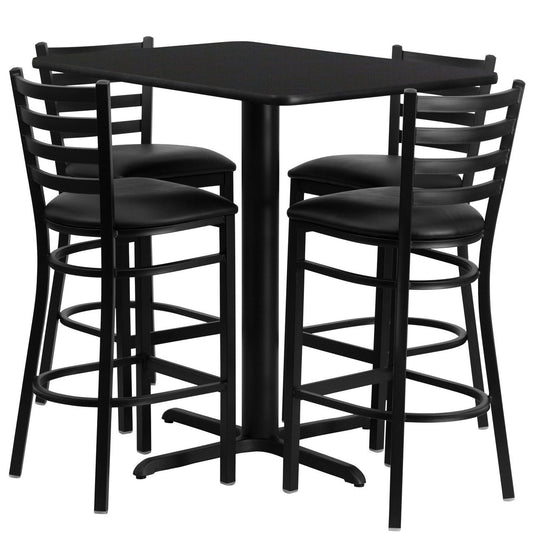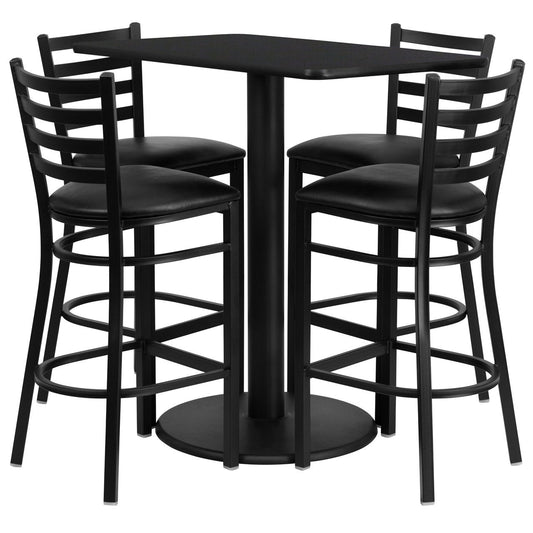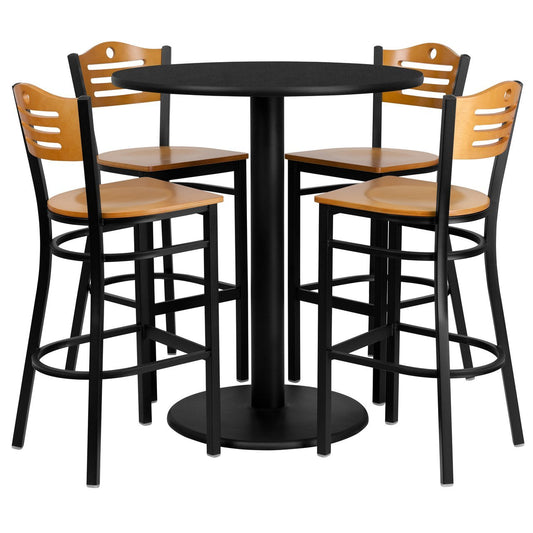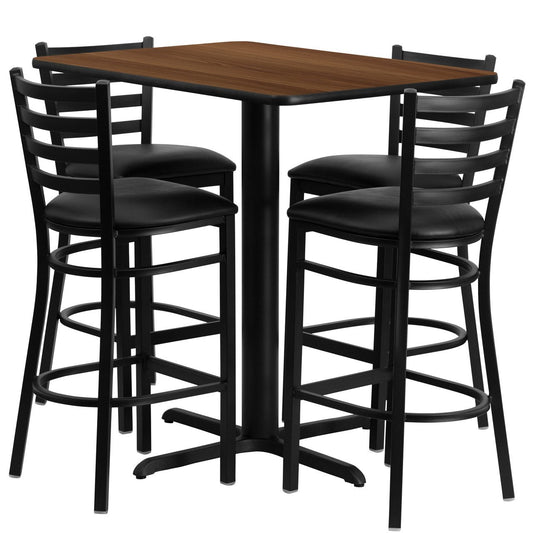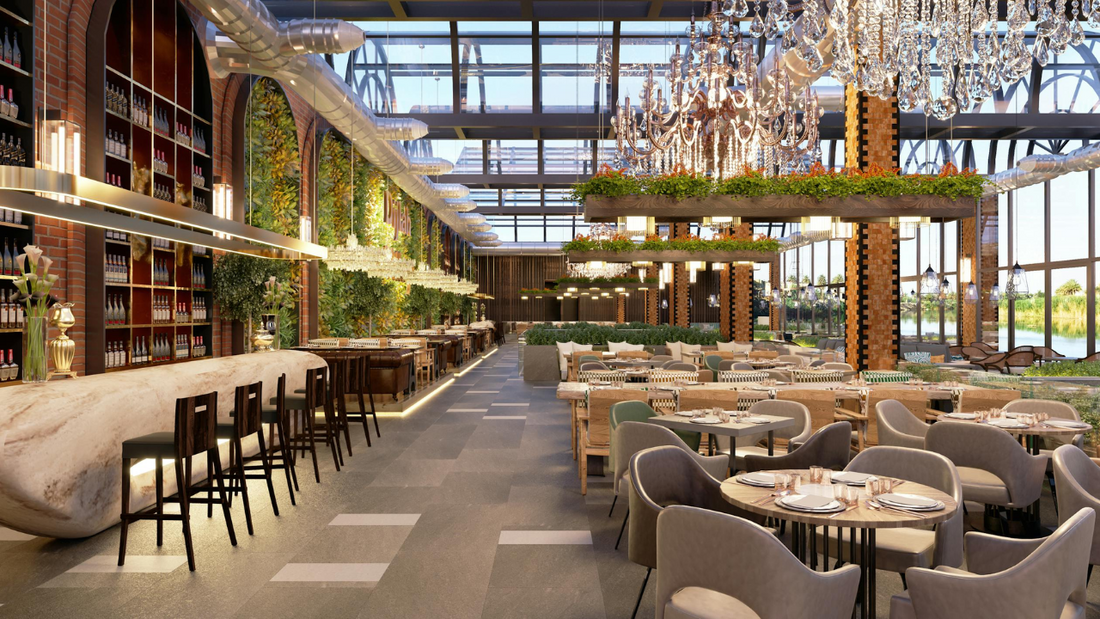
Top 7 Different Types of Chairs for Restaurants
Share
The ambiance of a restaurant has extreme importance when you enter and the furniture is more important to get it. Whatever the type of restaurant chairs, modern or classic, the first thing to consider is the type of chairs installed, as well as how they affect the appearance and the level of comfort and satisfaction of customers. This requires knowledge of choosing the different types of chairs is quite important for every restaurant owner or designer.
In today's blog, we'll discuss the various types of chairs, the factors to consider when choosing the ideal seating, and how chairs express the spirit of your restaurant. Let's take a look at these aspects in more detail, combining appearance with utility and strength to ensure you select the ideal seating for your area.
When it comes to restaurant seating, there’s no one-size-fits-all solution. Let’s delve into the types of chairs top 7 you can consider:
1. Wooden Chairs
Wooden chairs are sturdy and can be made from a variety of woods including oak, pine, walnut, and teak. They are simple, and elegant and have the ability to go with a variety of interior styles including rustic and modern.
Wooden chairs not only exude class but they are also comfortable. Different chair designs can vary greatly and perform well for uniquely crafted purposes as they can either be highly detailed or feature minimalistic sleek lines. They are used in offices, residences, and dining rooms. Wooden chairs can also look great with cushioning or upholstery.
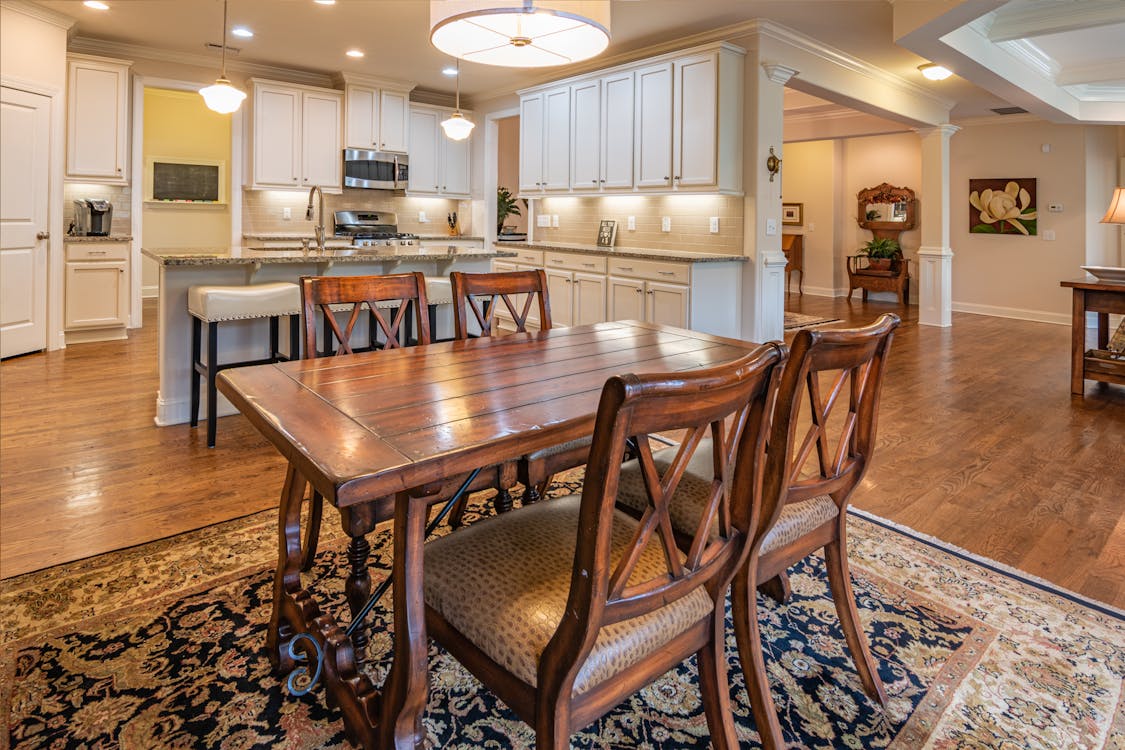
- Pros:
- Durable and sturdy.
- Can be painted or stained to match your theme.
- Offers a warm, natural look.
- Cons:
- May require cushions for added comfort.
- Heavier to move compared to metal or plastic options.
2. Metal Chairs
Metal chairs are made from a variety of materials, such as aluminum, wrought iron, and steel. Relatively light in weight and more durable than most chairs, metal chairs are more resistant to wear and tear than most chairs. Metal chairs come in a variety of designs, from contemporary types to more retro and industrial chairs types.
Because of their sturdy construction and resilience to weather conditions, these company chairs are commonly used in cafes, restaurants, and even outdoors. Metal chairs are simple enough that they can be left unpainted or they can be made more modern by powder coating them in different colors.
- Pros:
- Extremely durable and weather-resistant.
- Easy to clean.
- Often stackable, saving storage space.
- Cons:
- Can feel cold or uncomfortable without cushions.
- Susceptible to scratches or dents if not well-made.
3. Plastic Chairs
Plastic chairs are made from molded and or injected plastic material which makes them multifunctional and affordable. These chairs are lightweight, easy to wash, and come in different colors and designs. They can be used both indoors and outdoors as they are mostly used in informal places like patios, dining, and schooling.
Although plastic chairs may look so unattractive and dull compared to wood and metal, modern plastic chairs are ergonomically designed and can look like wood and metal despite being mostly made of plastic. Plastic chairs are mostly stackable which makes it easy to store them under cupboards.

- Pros:
- Easy to move and stack.
- Available in a wide range of colors and styles.
- Low maintenance and resistance to spills.
- Cons:
- Less durable than wood or metal.
- May not suit upscale restaurants.
4. Upholstered Chairs
Upholstered chairs are those that have a soft and padded covering on the seat and back, which includes either fabric or leather. The covering enhances comfort and can vary in texture, color, or pattern making the chairs types very flexible in design to suit any interior décor requirements.
These chairs can be made from various materials like cotton linen, velvet, or other synthetic fibers and are comfortable and stylish. Upholstered chairs are mainly used in living rooms, bedrooms, and dining rooms where comfort is required the most.
- Pros:
- Padded seats and backs make it comfy.
- Many fabric and pattern choices.
- Adds elegance to the dining room.
- Cons:
- Needs regular cleaning for appearance.
- Easily stained and worn.
5. Bar Stools
Bar stools are chairs made of wood or metal that are taller than average and are placed around tables, tops, or even high desks. Bar stools allow the user to sit at a higher height which would normally require a raised surface. Bar stool designs may include but are not limited to swivels, armrests, and footrests.
Materials such as wood, metal, and plastic, use a wide range of contemporary and traditional access techniques. For example, some stylish metal barstools are height adjustable which allows them to be used at many counters.

- Pros:
- Perfect for saving space.
- Versatile in height and style.
- Great for casual and social settings.
- Cons:
- May not be as comfortable for extended seating.
- Requires footrests for added comfort.
6. Banquette Seating
Banquette seating is known as a free-standing bench seating arrangement, and it can be built-in or free-standing. Banquette seating is typically found in dining areas or along walls. Like many different chair types, banquettes are designed to be able to accommodate more people in a limited area. Such benches are prevalent in kitchens, dining halls, or hallways. When paired with a table, these seats increase their utility, facilitating social interaction and dining, and allowing for customization of cushions and upholstery.
- Pros:
- Maximizes seating capacity.
- Comfortable and cozy.
- Customizable to match the restaurant’s theme.
- Cons:
- Requires significant upfront investment.
- Less flexible as they’re fixed in place.
7. Mixed Seating Styles
The mixed seating style refers to the integration of various seating structures in a space. This classification can include chairs, benches, and bar stools, which you can incorporate into an area for a more dynamic use of space. Such a setting enhances the simple arrangement of textures, colors, and forms. The mixed seating style is one of many eclectic and modern items that provide flexibility and character to interior decor. Casual, trendy areas such as cafes, lounges, or homes with contemporary designs can benefit from this style.
- Pros:
- Adds variety to the design.
- Allows customization for different seating zones.
- Cons:
- Requires careful planning to maintain a cohesive look.
What to Look for in a Restaurant Chair?
Chairs are not just about looks, there is more to choose from. Keeping a few tips in mind ensures that the selection of chairs resonates with the character of your restaurant:
- Comfort: A comfortable customer is more likely to stay or come back again, so it is advisable to target ergonomically designed chairs that come with reclining seats and cushioning.
- Durability: For more crowded areas, chairs should be made of sturdy materials such as metal, hardwood, or strong plastic. Chairs should be able to resist rough use and still look good.
- Easy Maintenance: Spots and stains are inevitable in restaurants. Therefore, it is better to cover the chairs with easy-to-clean materials such as leather, vinyl, or treated fabrics.
- Space Efficiency: If the room is small, a chair that is compact or stackable is favorable to ensure that the room is not cramped and the number of people seated is maximized.
- Aesthetic Appeal: Chairs for your restaurant should act as an extension of the restaurant’s theme as this will help strengthen the overall look.
Conclusion: More Than Just a Seat
The different types of chairs are available in modern times that combine elegance and comfort while enhancing the functionality of the restaurant. It doesn’t matter if you own an upmarket bistro, a busy café, or a casual eating diner, you must have the right chairs as they help set the ambiance.
This can be done by considering the comfort, durability, and design you want and studying the top 7 types of chairs that will help you design the best dining experience for customers. Act wisely and let your chairs leave a lasting impression on your restaurant customers and make your restaurant a huge success.

